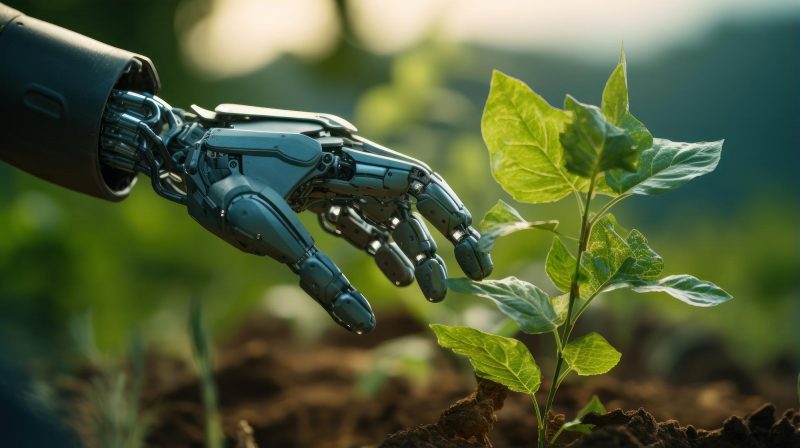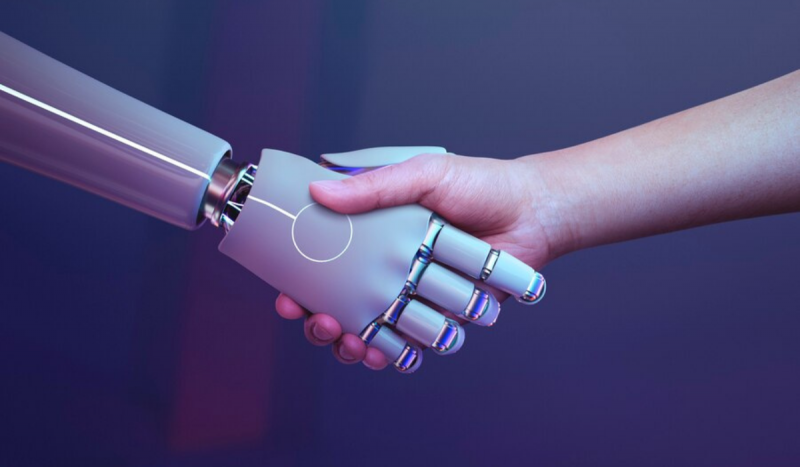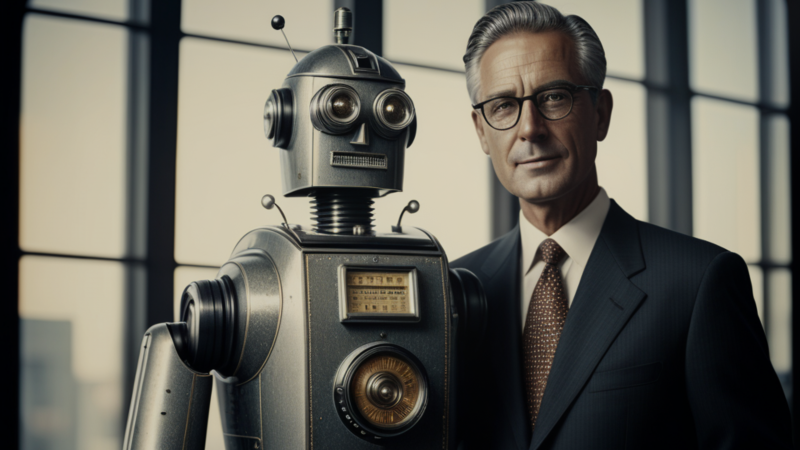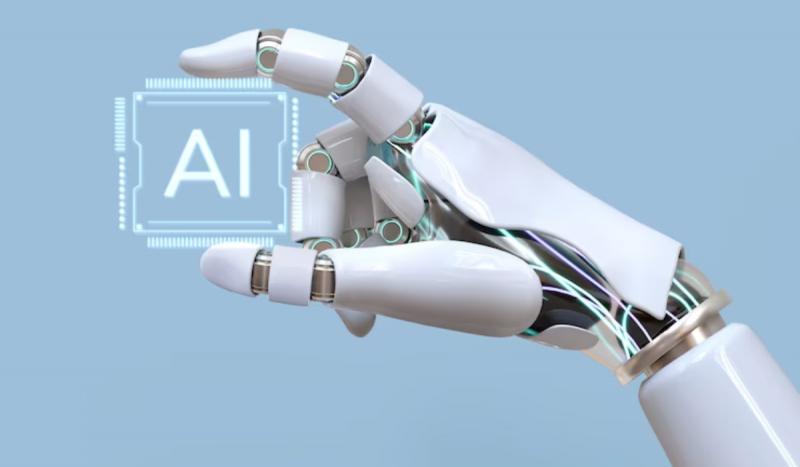
Automate complex systems, analyze huge databases, answer “any question,” create images and texts using simple commands, etc. These are just some of the functions that AI (artificial intelligence) is performing in the world today.
Capable of helping people do complex jobs more easily and overcome technological barriers, artificial intelligence could become, for example, an important tool for improving understanding of climate and environmental issues.
However, behind all these benefits, evidenced by the popularization of AI such as ChatGPT (from OpenIA) and Bard (from Google), this technology hides a system of environmental pollution and energy costs that is little discussed today.
 Environmental impact due to excessive energy consumption – Photo: Freepik/Reproduction/ND
Environmental impact due to excessive energy consumption – Photo: Freepik/Reproduction/NDFor example, GPT 4 training is estimated to have produced around 600 tonnes of CO2, which is the equivalent of five cars combined polluting over their lifetime. The information came from doctor, professor and researcher in the field of information technology André Moraes dos Santos.
Working at Univali (University of Vale do Itajaí) in Itajaí on the northern coast of Santa Catarina, he emphasizes that in order to understand how artificial intelligence is harming the environment, it is first necessary to contextualize the origins of the tool.
What is artificial intelligence?
“Contrary to what we usually think, this technology dates back several decades, with a major milestone around 1950,” comments André. At that time it was different and much more limited than it is today.
He details that the development of artificial intelligence has emerged along with the development of computing power in recent years, giving birth to models that already existed at the time.
 The use of artificial intelligence by people has been increasing in recent years. Photo: Freepik/Reproduction/ND
The use of artificial intelligence by people has been increasing in recent years. Photo: Freepik/Reproduction/NDThe professor briefly characterizes artificial intelligence as a system capable of simulating behavior and intellectual abilities typical of humans. “Not just to model, but to improve and even expand or create capabilities that don’t exist,” he adds.
He notes that we have been using artificial intelligence technology for decades, but only in recent years has the tool achieved truly amazing capabilities.
How are they created?
“AI models are not created out of thin air. They need to be fed and trained with thousands of data points. “Training is a process where models get really huge amounts of data about what they are being taught,” explains Moraes.
As an example, he cites ChatGPT, into which, among other things, texts, scientific articles, conversations on forums, lines of program code, and content from social networks were uploaded. In addition to data, ultra-fast processors perform and repeat billions of calculations thousands of times.
 Artificial intelligence uses thousands of processors and storage systems. Photo: Freepik/Reproduction/ND
Artificial intelligence uses thousands of processors and storage systems. Photo: Freepik/Reproduction/NDIn this sense, the computing systems running the AI consume a lot of electricity to store and perform all these processes. Another important factor is that it generates a lot of heat, which requires a very reliable cooling system to avoid overheating the machines.
“It is estimated that ChatGPT 4 used about 300 thousand processor cores and more than 20 thousand video cards, consuming approximately 60 thousand megawatts. It takes Brazil a month to produce this renewable energy,” says Andre.
He emphasizes that this consumption is based only on this particular AI from one company, which is in the universe of hundreds of companies that are currently investing in this sector.
“It is estimated that the GPT 4 training produced about 600 tons of CO2, which is what five cars combined emit over their lifetime,” notes the information technology researcher.
 An example of an image created using artificial intelligence. Photo: Mojo AI/ND.
An example of an image created using artificial intelligence. Photo: Mojo AI/ND.In addition, Andre dos Santos points out that several rounds of training may have been required, which easily multiplies this value to 600 tons of CO2.
Digging deeper, the professor explains that “the monthly cost of operating and using ChatGPT is estimated to be 10 times this amount. And we are talking about just one of hundreds of models developed by companies.”
For example, the entire production chain and energy costs associated with the production of thousands of modern processors, storage servers, cooling systems and monitors are helping to push these numbers ever higher.
Could the development of these technologies further increase pollutant emissions or optimize this process?
The researcher’s answer is clear: “Given the increasing number of companies and users using AI, as well as the increasing complexity of models, there is a trend towards an increase in pollutant emissions.”
 Training AI involves several tests and feeding the model a lot of data. Photo: Freepik/Reproduction/ND.
Training AI involves several tests and feeding the model a lot of data. Photo: Freepik/Reproduction/ND.However, Moraes recalls that some artificial intelligence companies and scientists are seeking to use renewable energy sources to mitigate environmental damage. Moreover, AI itself can help find new and better ways to reduce emissions.
It is important for the Univali professor and researcher to remember that all this huge amount of equipment that puts AI to work quickly becomes obsolete, increasing the generation of e-waste.
He comments that although exact figures are not yet available, it is likely that “by 2030 the world will produce more than 75 million tons of e-waste per year.”
Source: Ndmais